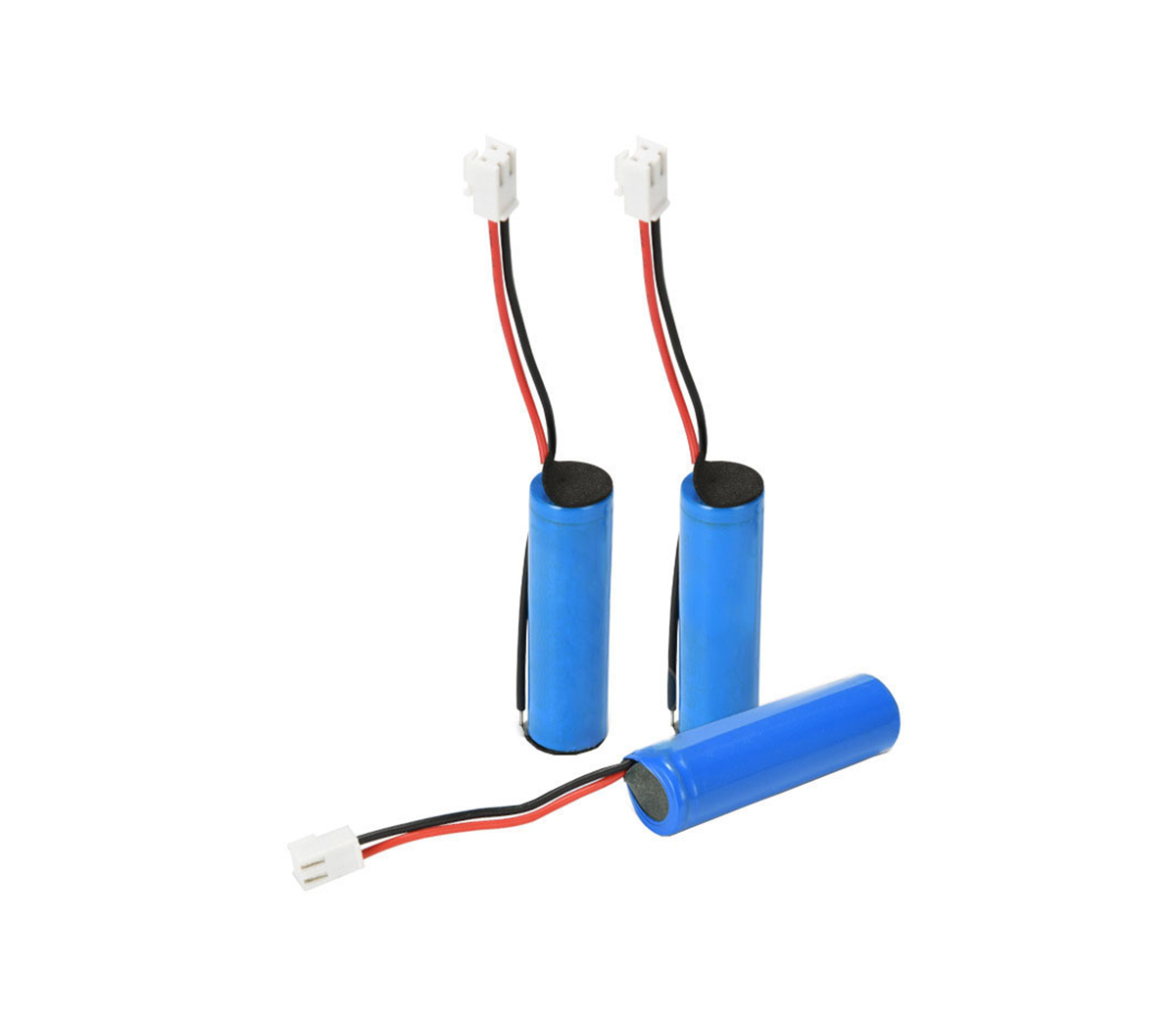What do CTP (Cell to Pack) and blade batteries mean, and what are their
advantages?
Starting from the second half of 2019, the CTP (Cell to Pack) and BYD blade
battery technologies of CATL and BYD have entered the public's field of vision
and have attracted attention from all aspects.

To put it simply, the technical ideas of Ningde CTP and GCTP are the same:
on the original basis, through the optimization of the monomer design and
integration form, the original monomer-module-battery pack has been combined.
The layer structure is improved to a two-layer structure consisting of a large
monomer and a battery pack.
The group efficiency of traditional battery packs is a bottleneck in the
improvement of the energy density of the battery system.

This is a schematic diagram of a typical "three-layer structure" of a
battery pack. On the left is a battery module (Module) composed of battery
cells. In addition to the battery cells, it also includes metal cover end
plates, wire harnesses, and adhesives. The components such as chemical, thermal
conductive glue, module control unit, etc., are combined to form a battery
module. The picture on the right is a battery pack composed of several modules.
The components at the battery pack level include thermal management systems,
wiring harnesses, controllers, casings, and so on.
This three-layer structure is typical of power battery packs. On the one
hand, it protects, supports, and integrates the battery cells. On the other
hand, each module independently manages some of the battery cells, which helps
with temperature control and prevents thermal runaway. , At the same time, it is
easy to maintain. However, the existence of modules has reduced the space
utilization of the entire battery pack, resulting in a low level of group
efficiency-the more modules, the more parts, and the lower the group efficiency.
While the single energy density has exceeded 300Wh/kg, the energy density at the
battery system level is still around 160Wh/kg due to the grouping method of
traditional battery packs.
Therefore, making modules larger and smaller, or even without modules, has
been the main focus of the battery system process design in recent years. The
large modules of Tesla Model 3 also reflect this trend. But at the same time,
"no module" has a higher technical difficulty, which means higher requirements
for the quality and consistency of battery cells.
The improvement of group efficiency makes CTP have many advantages:
1. Long mileage: The increase in the energy density of the battery pack
directly improves the driving range of the vehicle. Under the same conditions,
the system energy density of the CTP battery pack has an increase of 10-15%;
while the BYD blade battery increases the volumetric energy density of the
lithium iron phosphate battery (LFP) pack by 50% to 160Wh/kg, which is
comparable to the three yuan The battery (NCM) is also very competitive.
2. High safety: With the continuous upgrade of energy density, the risks
faced by the safety of the battery will increase. The increase in energy density
of CTP at the battery pack level means that the use of mature ternary or even
lithium iron phosphate batteries with mature safety at the battery cell level
can achieve ample driving range. Under the same mileage effect, the safety of
the vehicle is undoubtedly improved.
3. Low cost: From the perspective of cost, the number of parts in the
entire battery pack has been reduced by 40%, and the production efficiency has
increased by 50% due to the omission of the wiring harness, cover plate and
other parts in the module link. If a lower-cost lithium iron phosphate battery
is used, the cost of the entire battery pack will be further reduced compared to
the traditional ternary battery pack.
Although there may be challenges such as battery pack strength and
maintenance at the technical level, the above advantages will become more
significant with the extensive exploration and use of CTP technology.




































